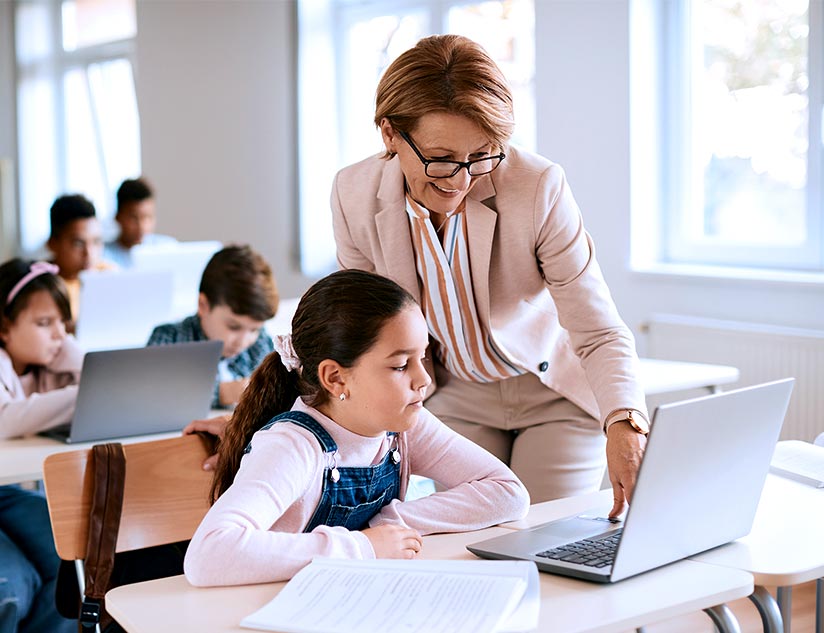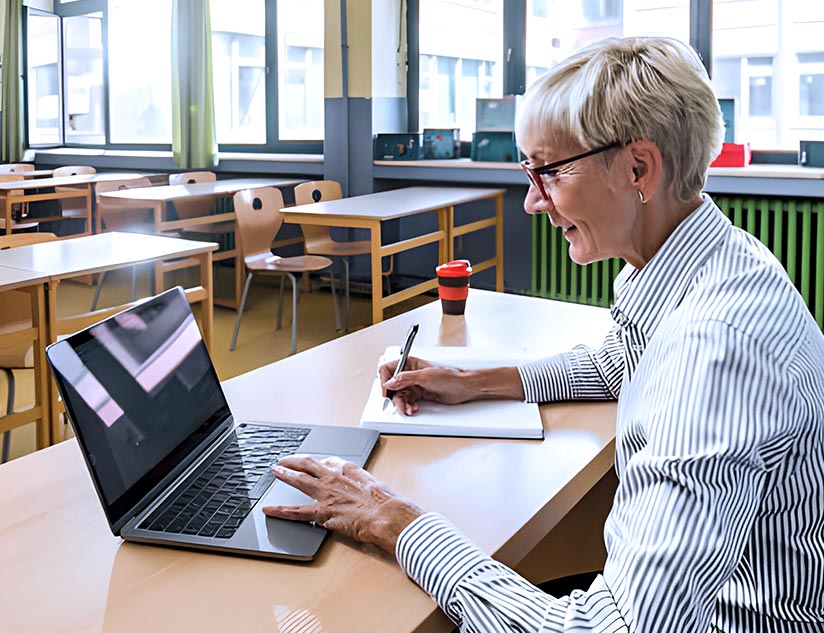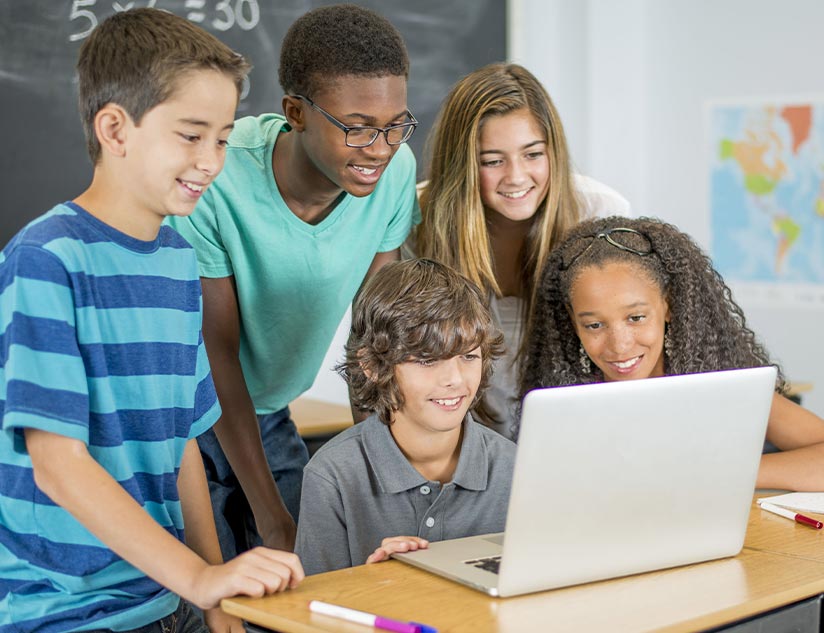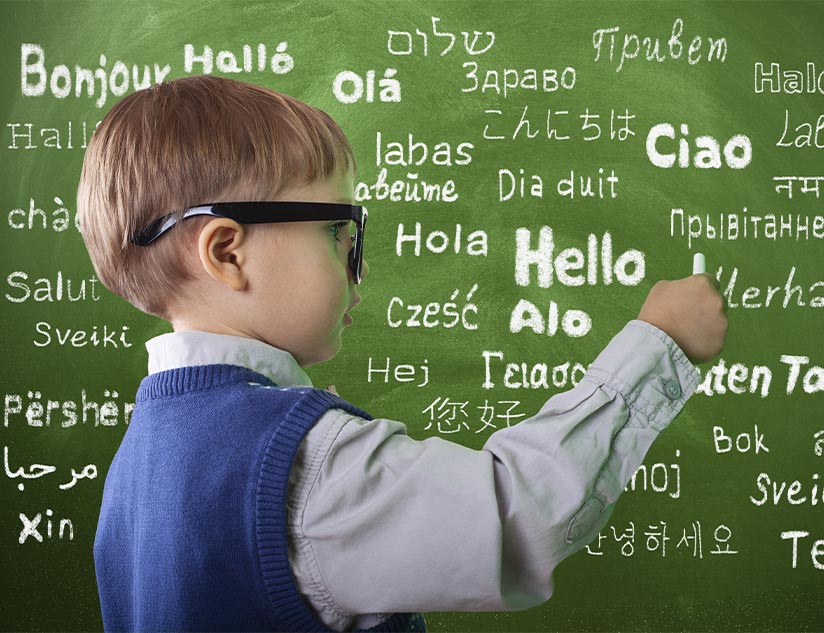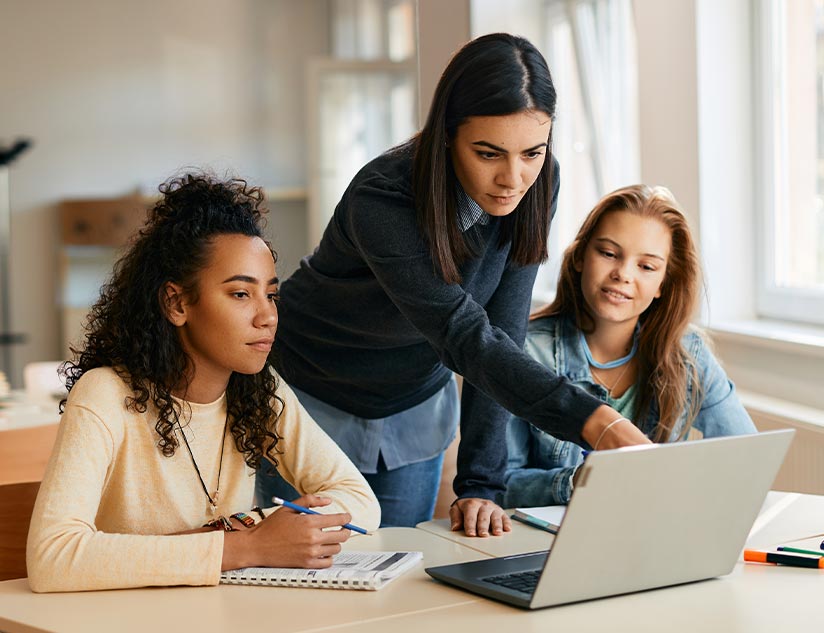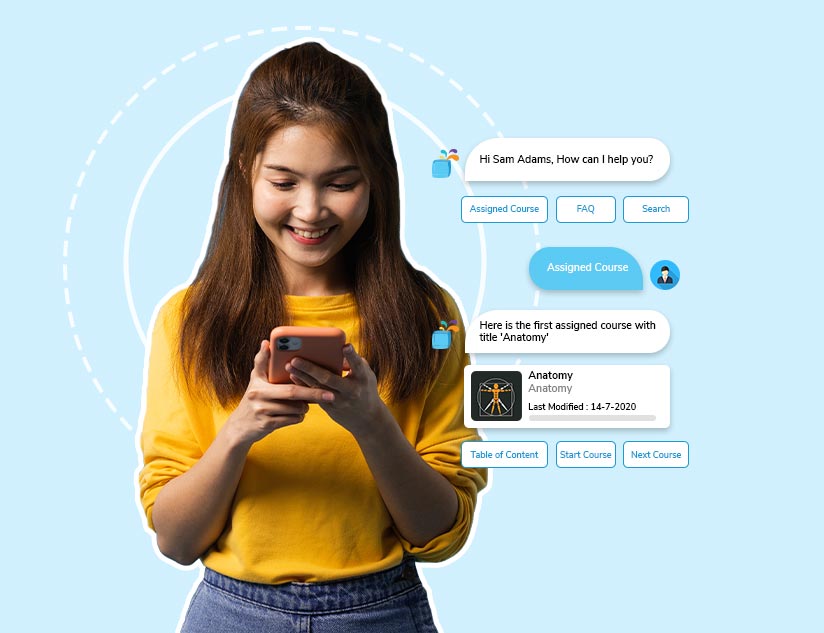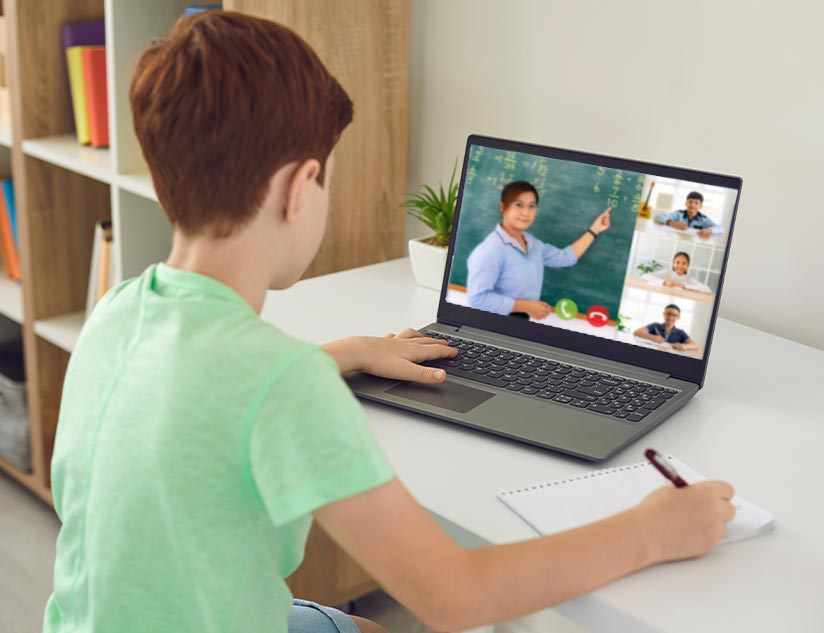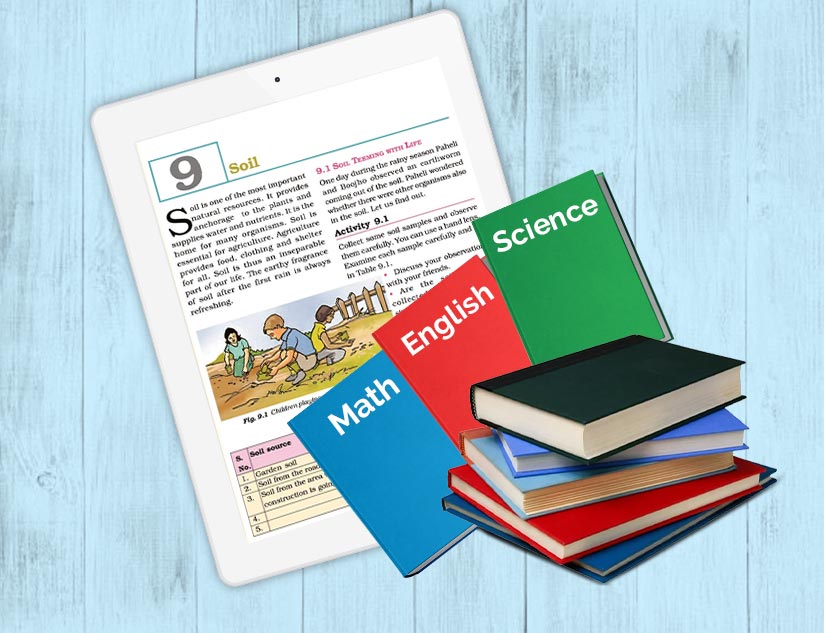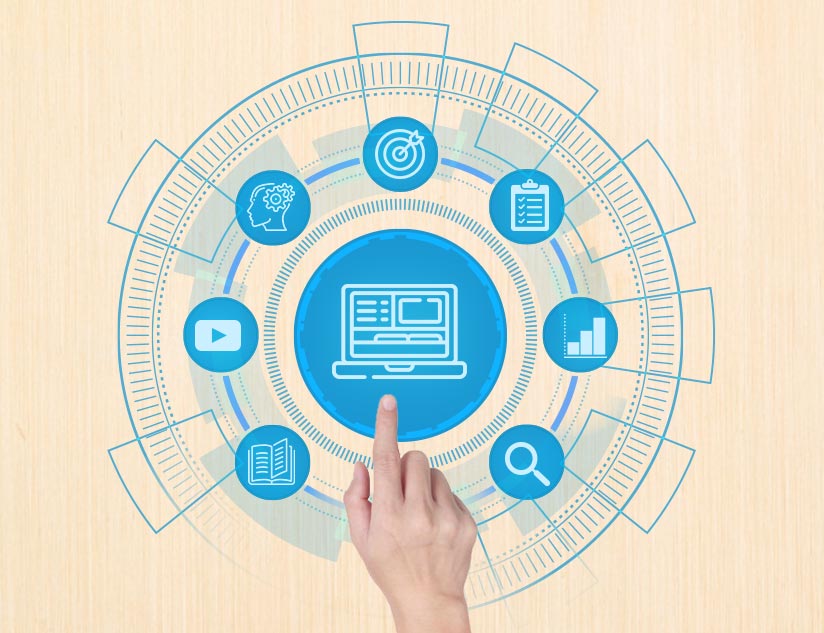Enabling Teachers to Be Better Instructors
September 5th, 2022
Teachers are always under tremendous pressure with the various responsibilities they need to fulfill on a normal school day. Policymakers and educational institutions need to step in to give teachers tools that ease the fulfillment of these responsibilities. This is the only way we can free up their time and mind space to offer effective, student-centric education.
An empowered teacher has sufficient resources and freedom to help students learn in their own unique way. Having the right resources allows them to personalize their teaching approach and utilize adaptive learning technology to achieve optimal student learning outcomes. It also helps in enhancing teacher motivation and improving problem-solving skills empowering students in the process.
Empowering teachers through technology
Technology plays a crucial role in teacher empowerment. The more access teachers have to digital learning tools, the better opportunities they can create for their students. Take a look at how teacher empowerment can be turned into reality.
1. ICT-Based Teaching Strategies
The digital classrooms of today differ from traditional ones, especially in terms of enabling two-way communication. Both teachers and students are encouraged to take part in classroom discussions. This lays the foundation of a student-centric education model. Technology helps in the effective implementation of many student-centric methodologies, including project-based learning and increasing the role of collaborative learning.
The use of ICT tools in classrooms enables better communication and allows the presentation of ideas in a more effective and relevant way. These tools also promote the acquisition of information from multiple sources, allowing students to stay more informed than ever before. Additionally, they can promote social-emotional learning, reach more students who can benefit from personalized teaching, and help teachers track student progress while revising lesson plans and teaching methods.
2. Digital Platforms for Personalized Learning & Effective Assessment
For teaching to be effective, it is important to assess each student’s strengths and areas of improvement properly. Although there are many formal and informal assessment methods, technology can help make this process easier.
Teachers can use digital learning platforms to administer adaptive assessments. With the help of sophisticated progress-monitoring tools, they can track student learning and retention of lessons while identifying trends and evaluating what’s working in the classroom and what isn’t. For instance, they can use easy-to-administer formative assessments to assess the strengths and weaknesses of students. This information can then be used to create personalized learning paths and offer individualized support to improve academic outcomes. It can either be as simple as grouping students by level or curating learning materials as per individual student needs.
3. Develop Strategies to Improve Feedback
Feedback is a crucial aspect of the learning process. It can significantly improve student learning and the quality of teaching in classrooms. However, effective assessment and learning can only be possible if the feedback is used to inform teaching and learning choices and modify strategies accordingly.
Teachers should make an effort to create opportunities in their classrooms that encourage student thinking and understanding. Apart from learning tasks and activities, they can employ the use of open-ended questions to generate valuable insights into student progress. If teachers can better identify learning gaps, they can help students understand how to improve their performance. With digital assessment and grading, teachers can ensure immediate feedback to guide students on the areas they should focus more on.
4. Collaboration Tools for Improved Communication
Technological advancements have made information dissemination easier. Teachers can use digital tools to work collaboratively with students inside and outside the classroom. For instance, they can use instant messaging or video chat tools and provide continued support to students. Collaborative learning positively impacts student achievement as it fosters higher-level thinking skills. It also boosts confidence and self-esteem by giving students more opportunities to improve their social and interpersonal skills.
5. Micro-Credentials for Professional Development
Micro-credentials allow teachers to incorporate new competencies into their practice while remaining in the classroom. They help teachers identify the skills required to meet today’s unique challenges and develop such skills effortlessly by learning in small increments.
Although many school districts were experimenting with micro-credentials before the advent of COVID-19, the pandemic sped up the interest and adoption of this approach. More than half the states in the US already have formal educator micro-credential policies. While eight states are using them for specific endorsement, five others are using stacks of micro-credentials as educator career pathways. Teachers should take advantage of this opportunity to ensure authentic and effective professional learning.
Even with the best learning resources available, the quality of teaching and student performance is mostly determined by teacher quality. This makes teacher empowerment a matter of prime concern as it is directly linked to their professional preparedness, dedication, and willingness. MagicBox™ is an award-winning digital education platform that can help teachers transform their classrooms into a dynamic student-centric learning environment. Contact us to know more.



